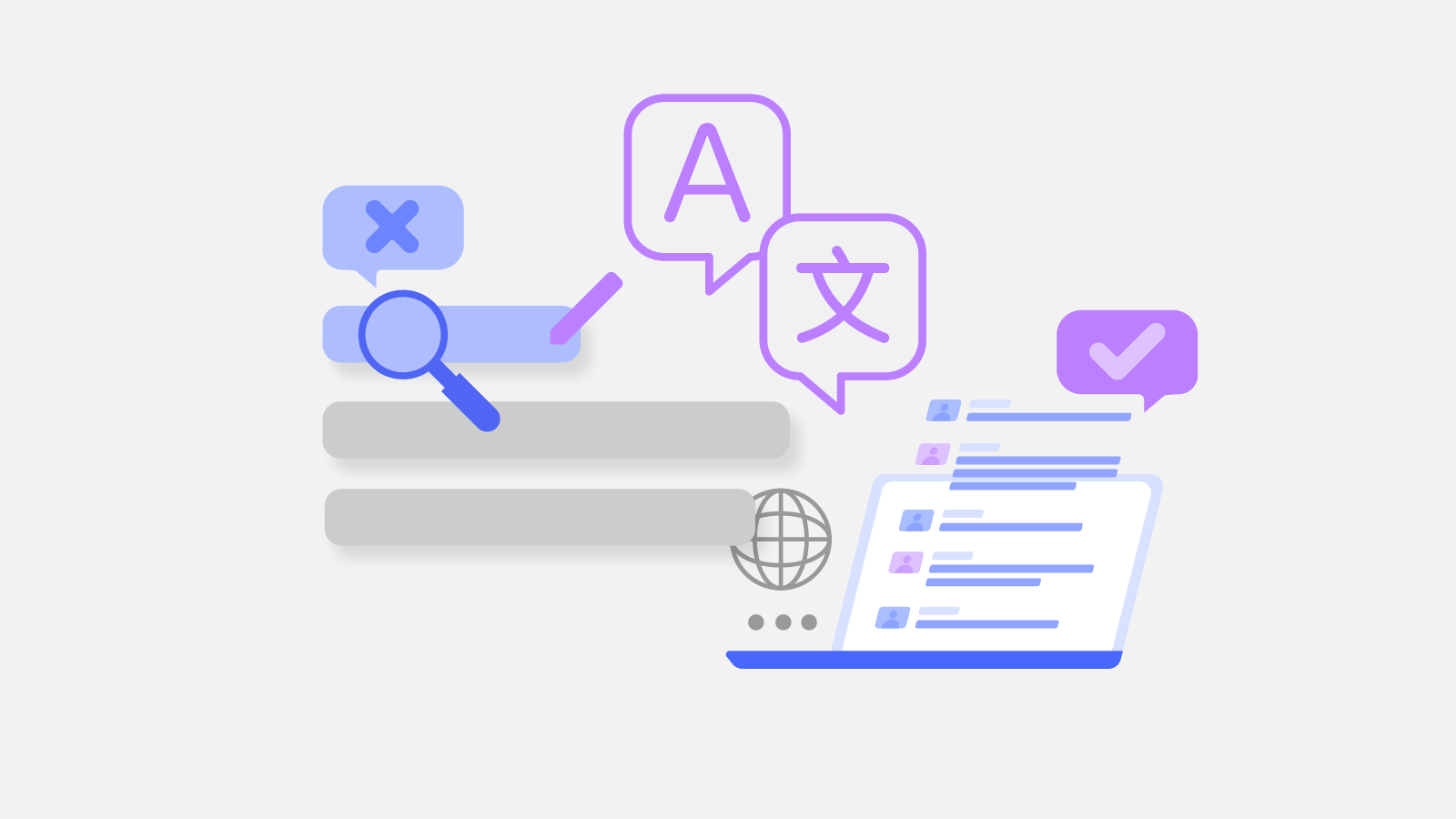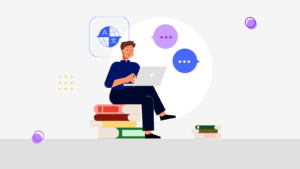Getting accurate translations is not easy, but there are AI translation softwares that can help you with that. Being a good translator requires you to have a deep understanding of both languages you’re translating to and from, as well as the cultures these languages exist in. Phrases or words that exist in one language may not exist in another, and a translator’s job is to find a way to convey the same meaning as originally intended.
Most people do not think auto translation softwares can do a good job. However, artificial intelligence (AI) has changed this. AI can now process patterns and learn how we use languages. Instead of directly translating word for word, AI can in fact understand phrases, complex sentences structures, and even slang. This makes AI translation softwares much more effective tools in translating.
Even so, AI translation still has a long way to go in terms of processing and understanding language like humans do. Hence, here are three tips on how you can get accurate translations from AI translation softwares.
1. Use simple, well-written sentence structures
If you write long, run-on sentences, the accuracy of your translation will not be as high as it can be. Breaking up a chunk of text into separate sentences is always better for a more accurate translation. Write in clear and concise sentences and avoid the use of convoluted sentences and ambiguous words. Free softwares such as Hemingway help to cut down on clutter and ensure greater clarity in your writing.
2. Use adverbs concisely
Unless you’re translating a novel or a poem, it is best to avoid flowery language. Try not to overuse descriptive words or compound words as the translation software may give you a translated script which is difficult for a native to understand.
3. Avoid industry jargon and slang
Do not just use terms which only professionals would be familiar with. Unless you are translating technical documents, use language that even the layman can comprehend. Using colloquial language, including abbreviations, is also not advised. This is unless you are creating content that is for a specific target audience, or you have language experts to proofread your transcript.
Use Auris AI
Let Auris AI add subtitles or closed captions to your videos! Our speech to text technology is developed in-house and is always being upgraded. Get accurate translation and transcription for videos quickly. Focus on creating quality video content the world deserves to see!






